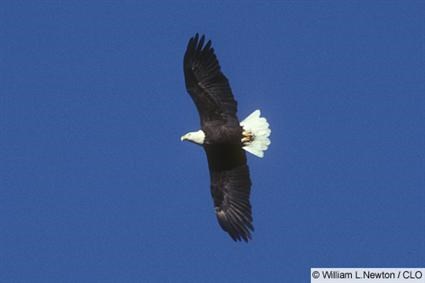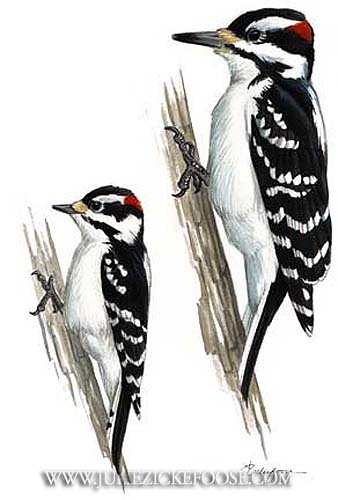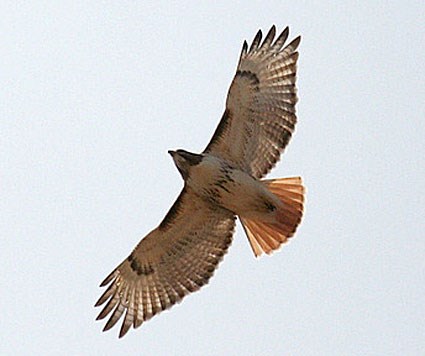Today was a day I would've never--never--thought about for catching sight of an American Bald Eagle (Haliaeetus Leucochephalus). I always thought I'd see one of these elusive birds if I went on a bird walk to the most remote corners of a national park. But just today did I see one of these eagles flying calmly in circles above a busy highway, greeting the sun with its extended wings.
We were going back home on my friend's dad's car. She was visiting her father in New York, and they arranged to come to Maryland to visit me. This was her last day here, and her dad gave us a ride to IKEA, that giant home supplies store.
We bought what we needed for our temporary home: A table, a pair of chairs, a nice bookshelf, some dishes...you know, stuff like that. We hauled everything into the car and hit the road.
I was looking out at the endless row of trees on the right side of the highway, and spotted something flying way above the skies. Must be a vulture, I thought. But suddenly, the bird flew away from the sun, and I saw its snow-white head and tail....
This was a bird one would know anywhere, birder or not. The Bald Eagle kept flying, unaware of my amazement at its sight. The car followed along the highway, away and away from the eagle, until it completely disappeared from my sight.
Just then did I cried out "Heeey, I just saw a Bald Eagle!!!". "Bald eagle?" asked my friend, whom was sitting next to me, "Like, they have no hair on their heads?". "Bald Eagle?!" said my sister. My brother ignored the conversation. Apparently, I would have to keep the joy for myself. Yet, it was a thrilling experience, even though it lasted for a few quick seconds.
-Cristina



























